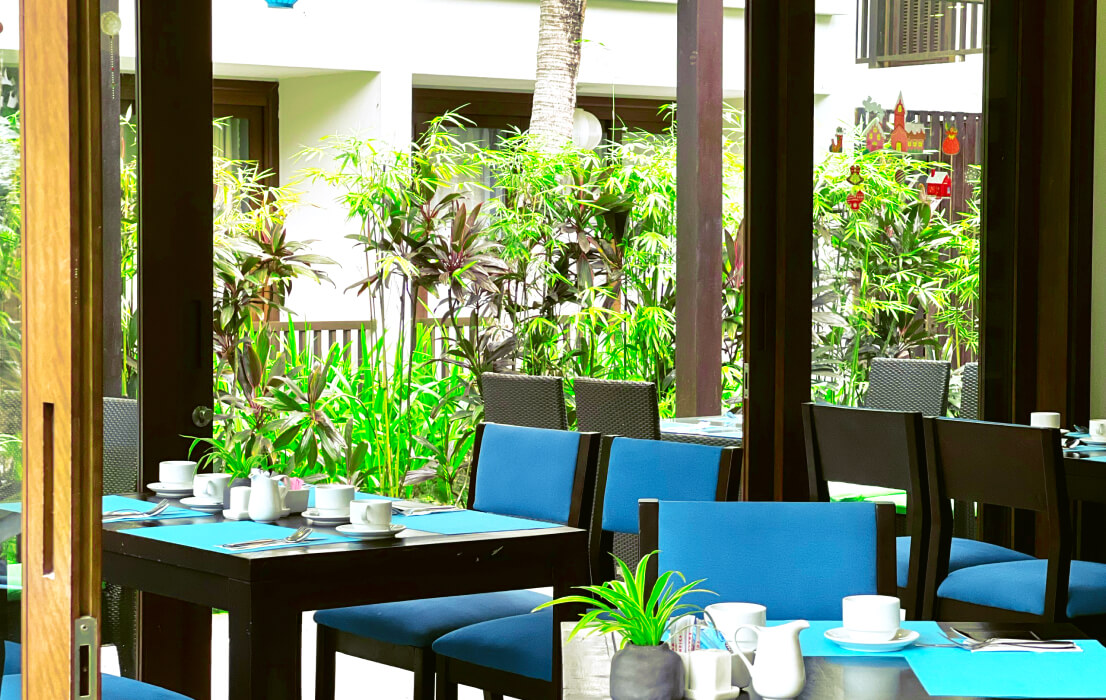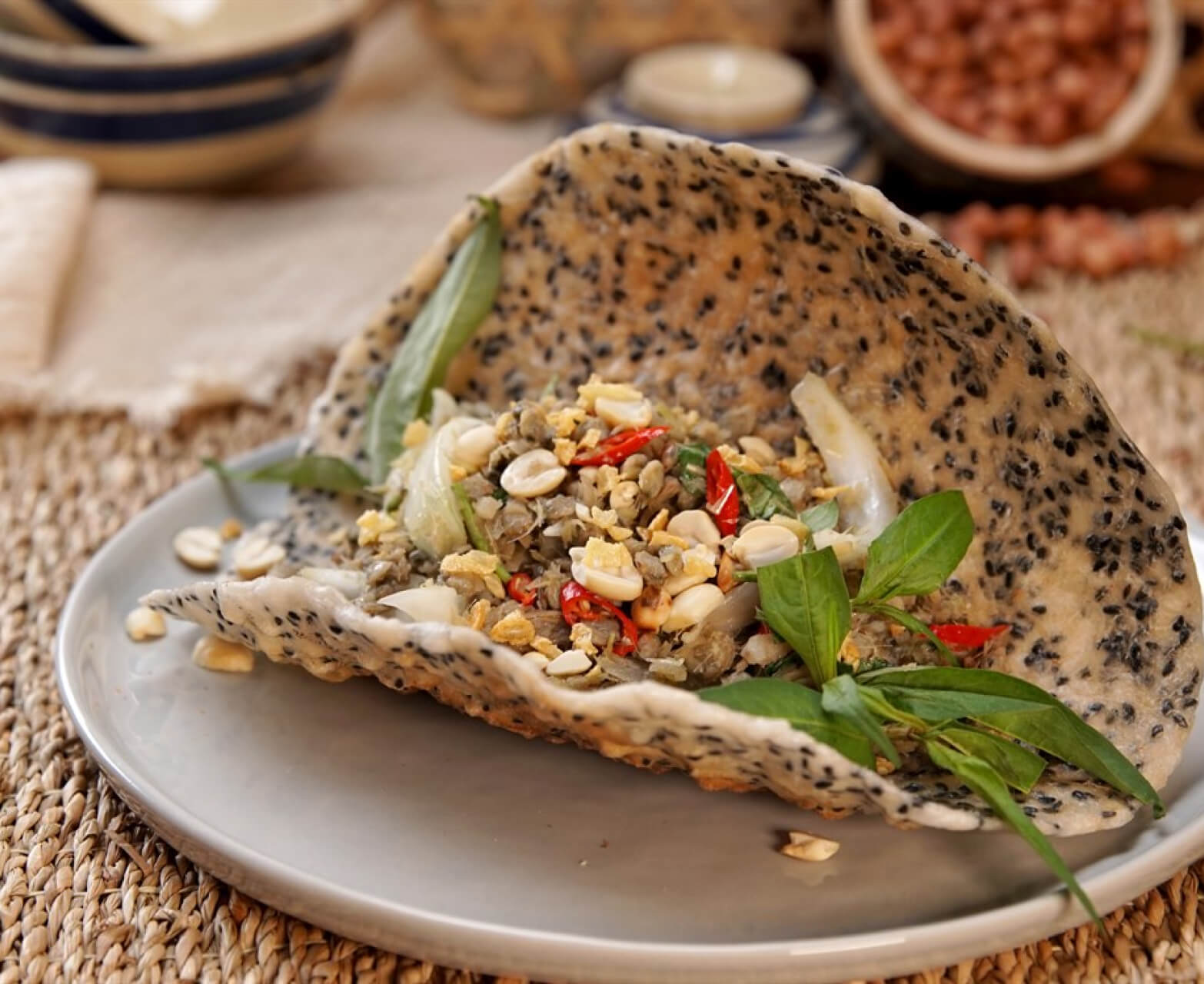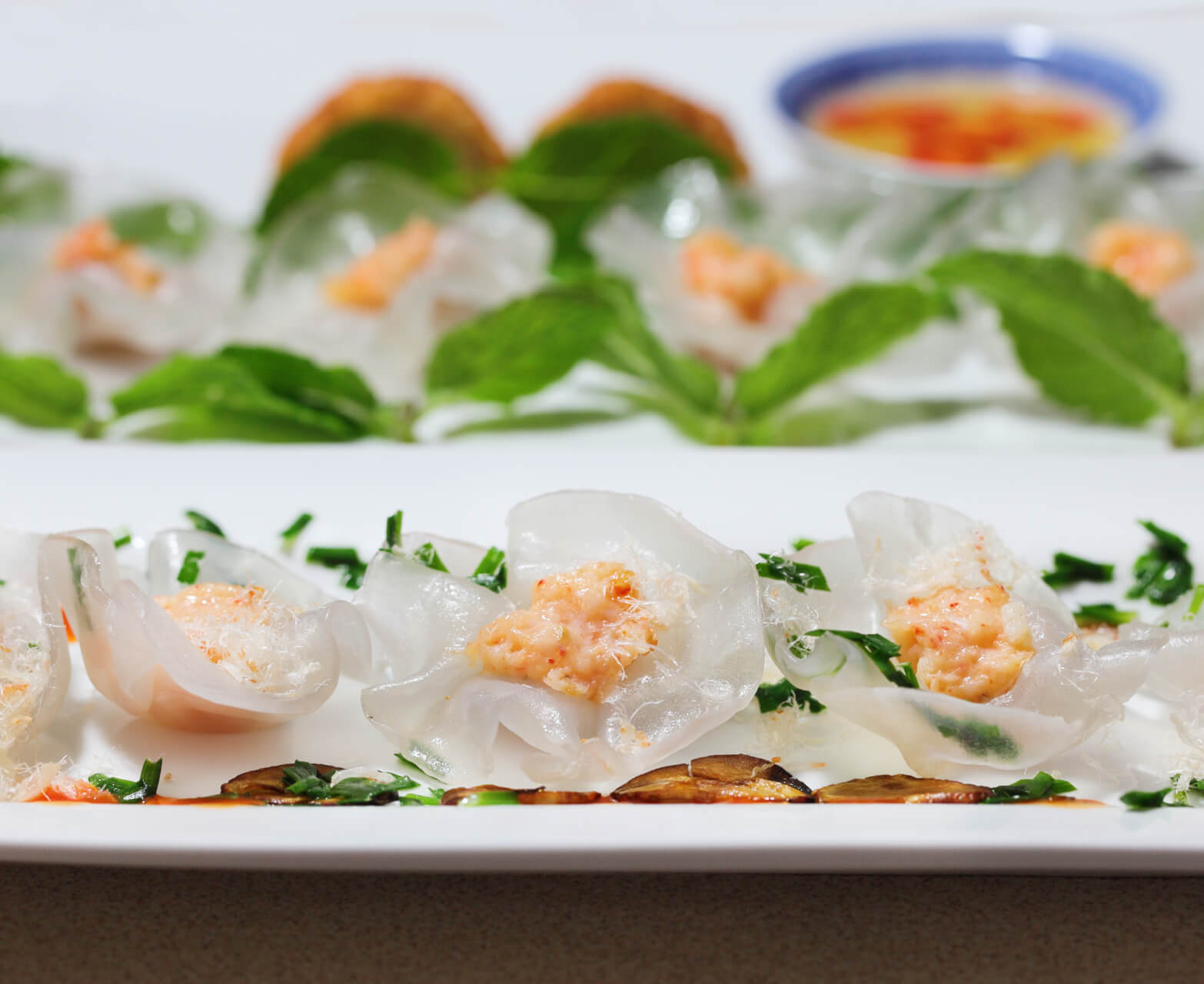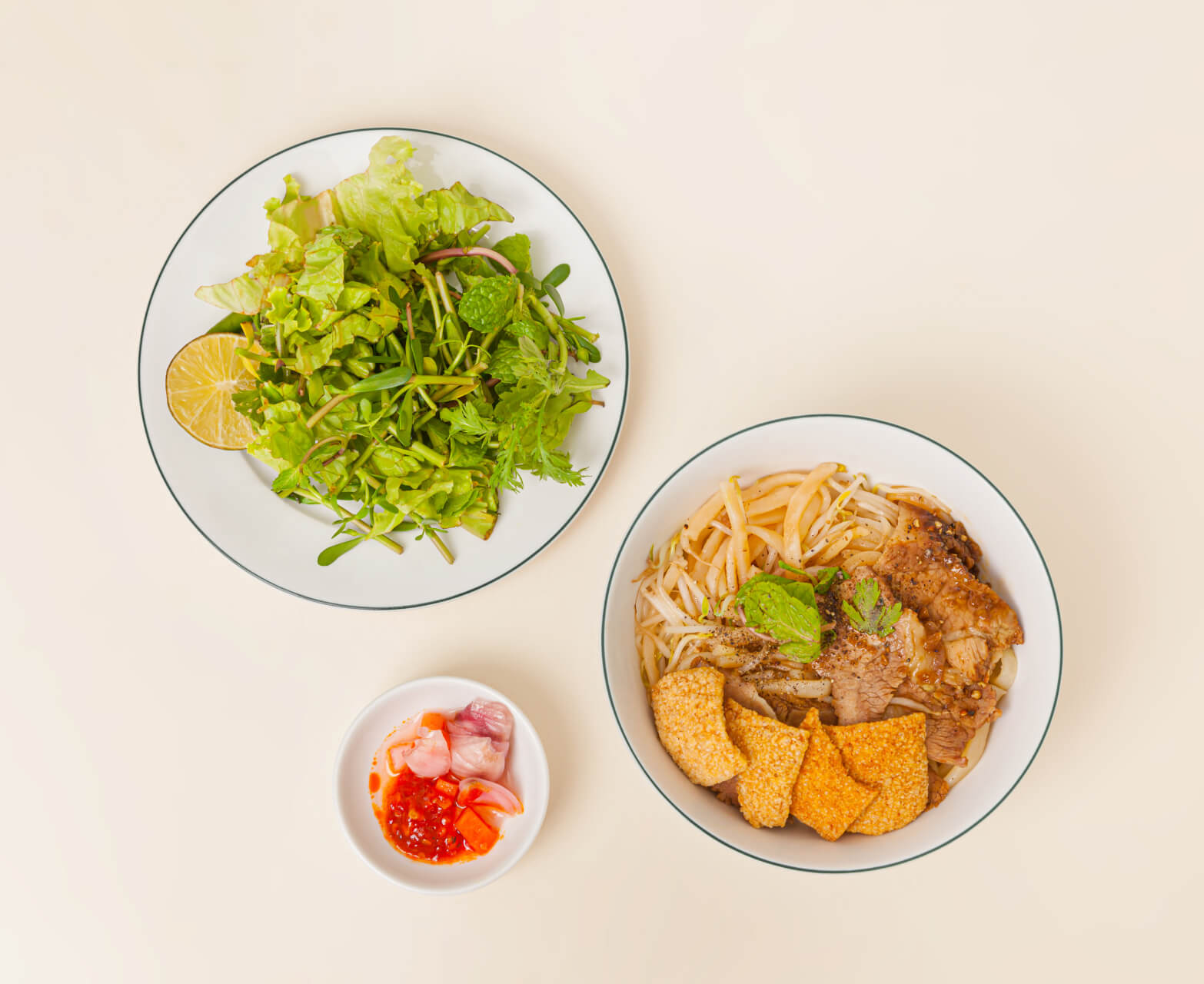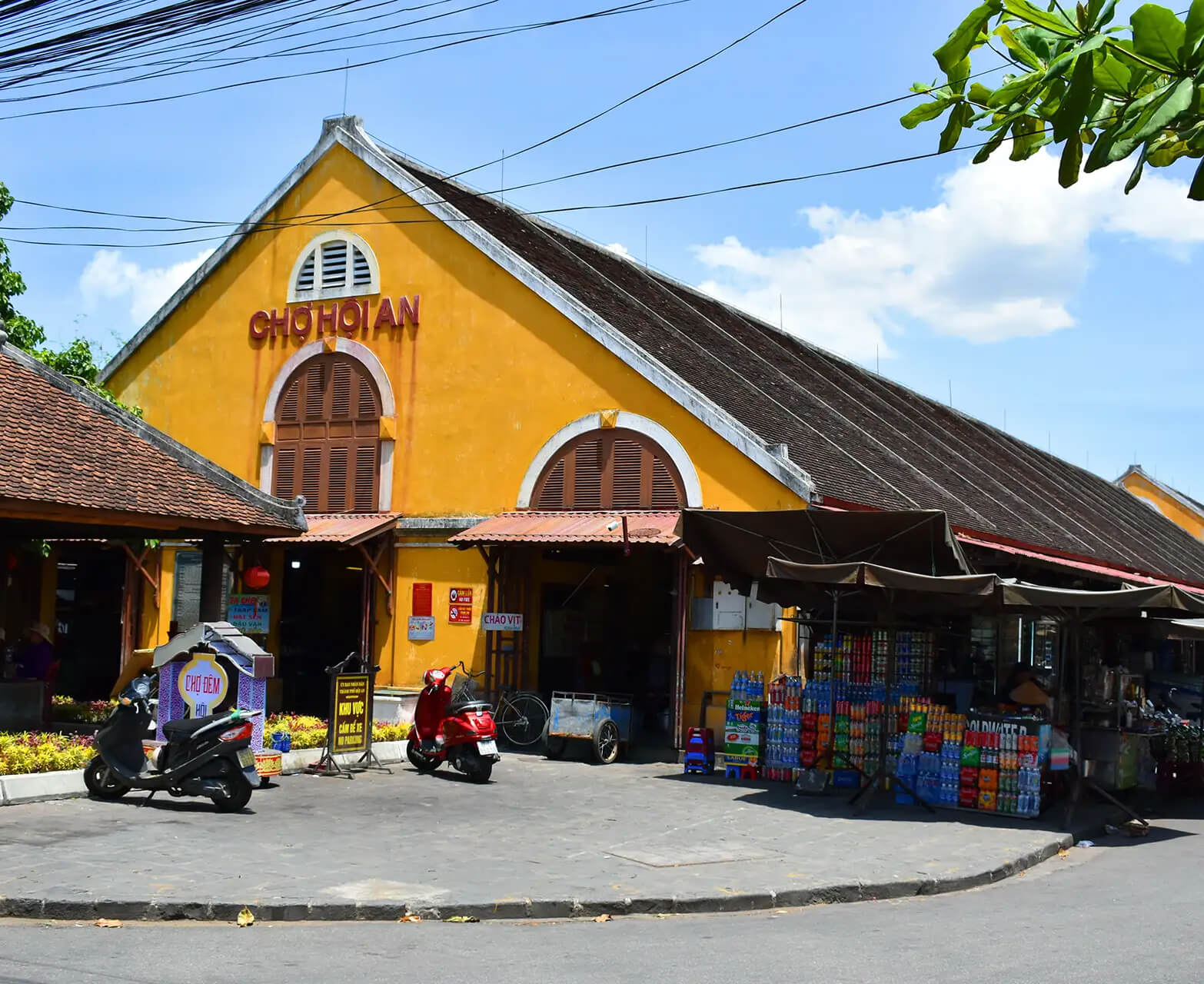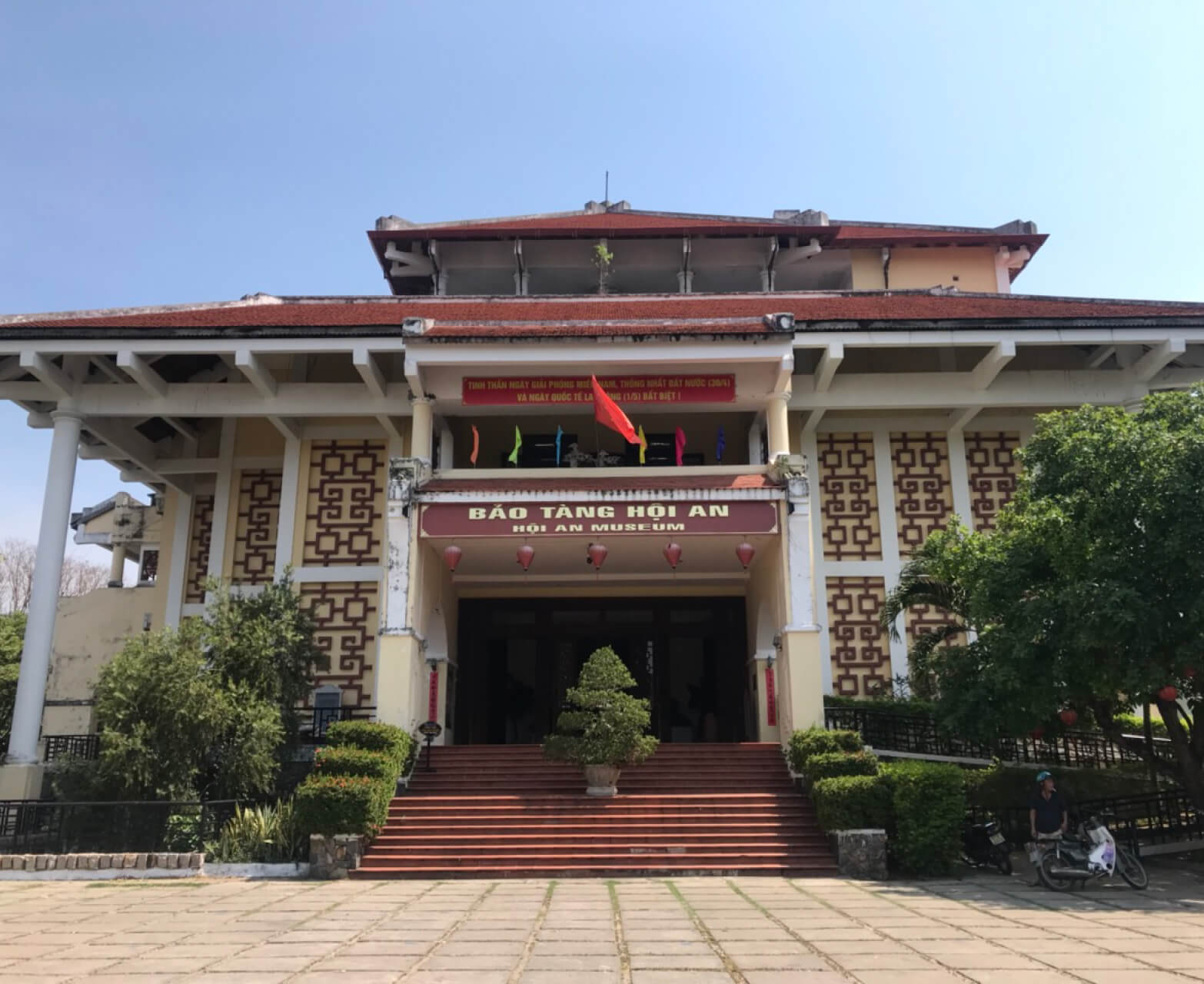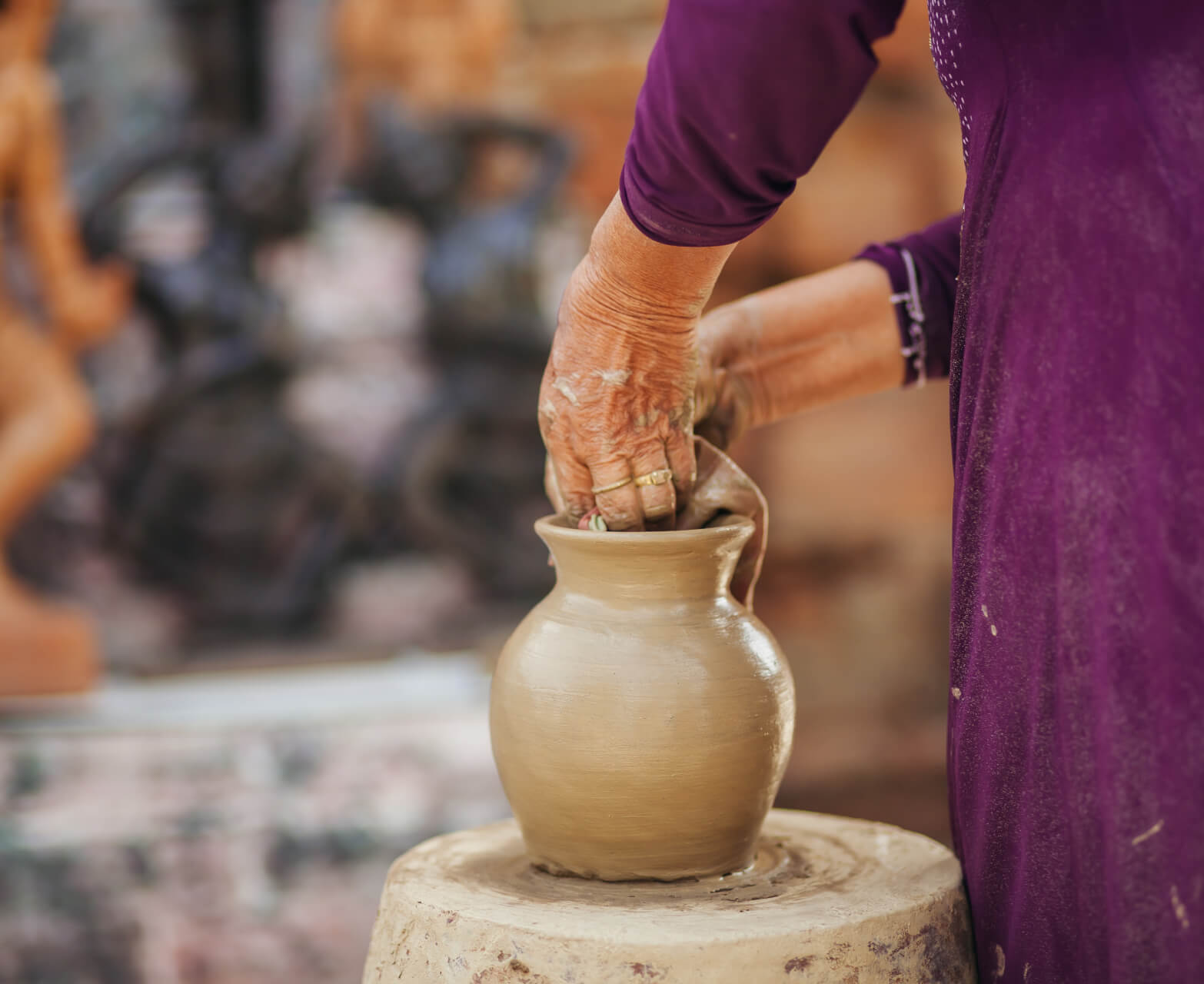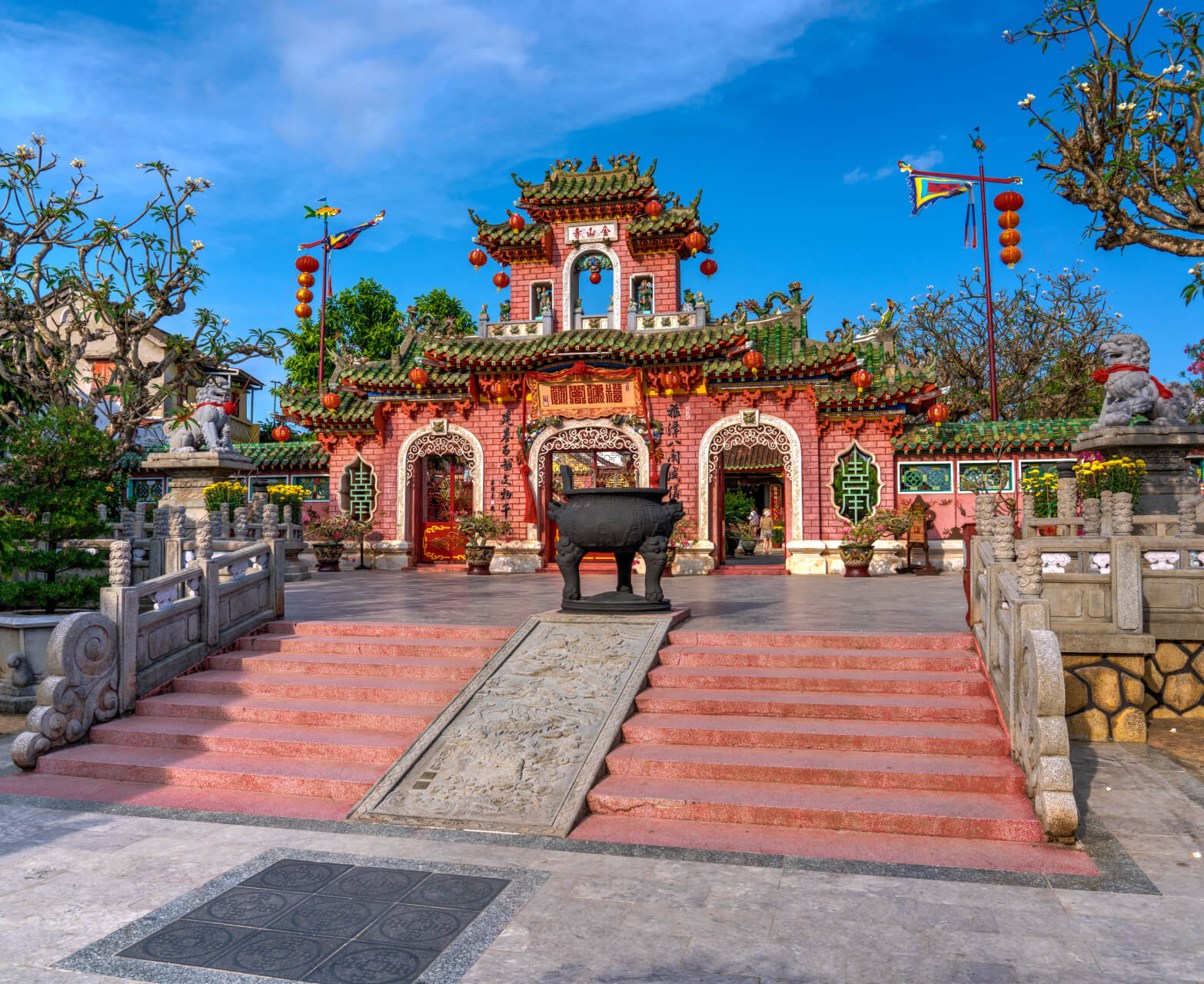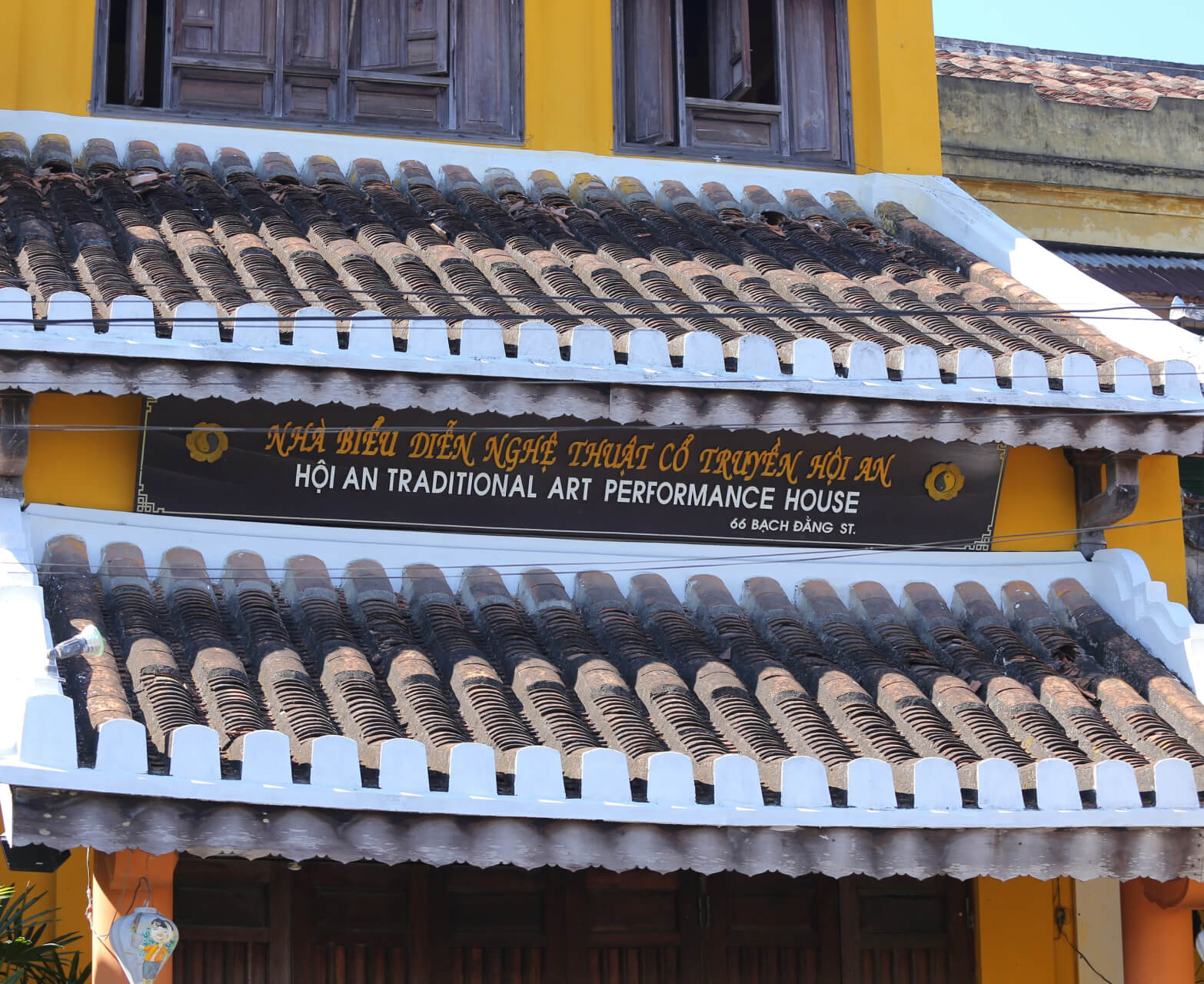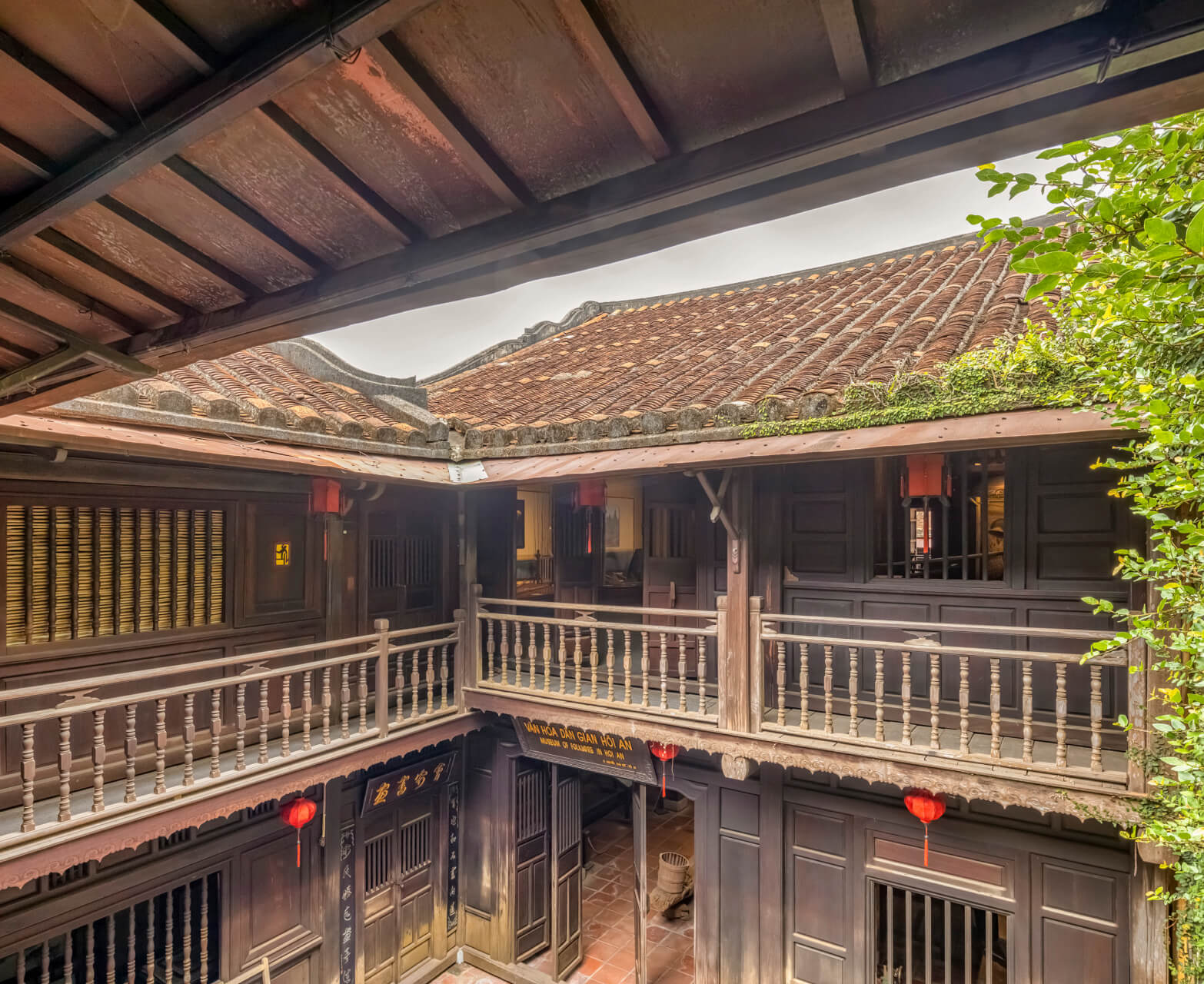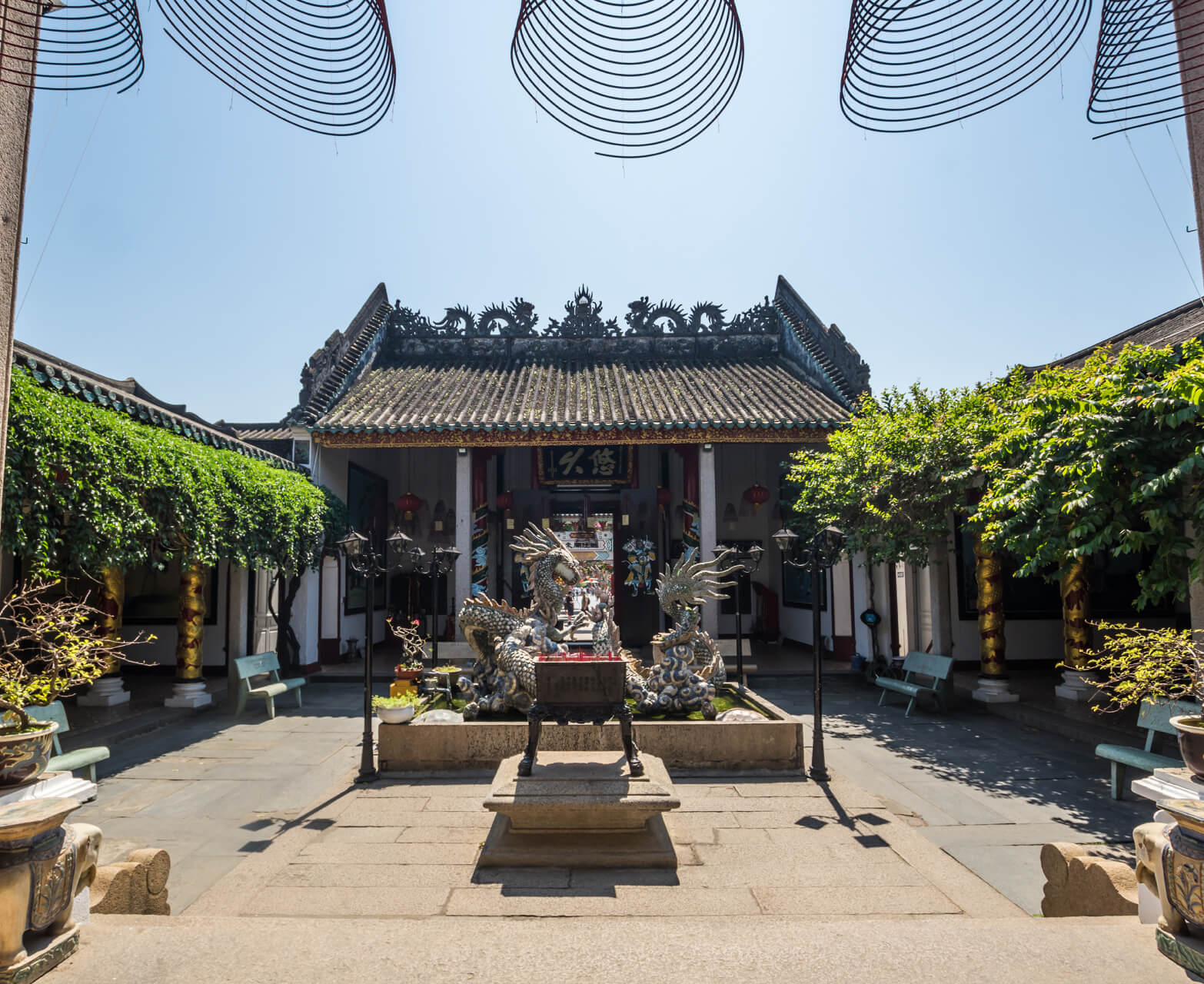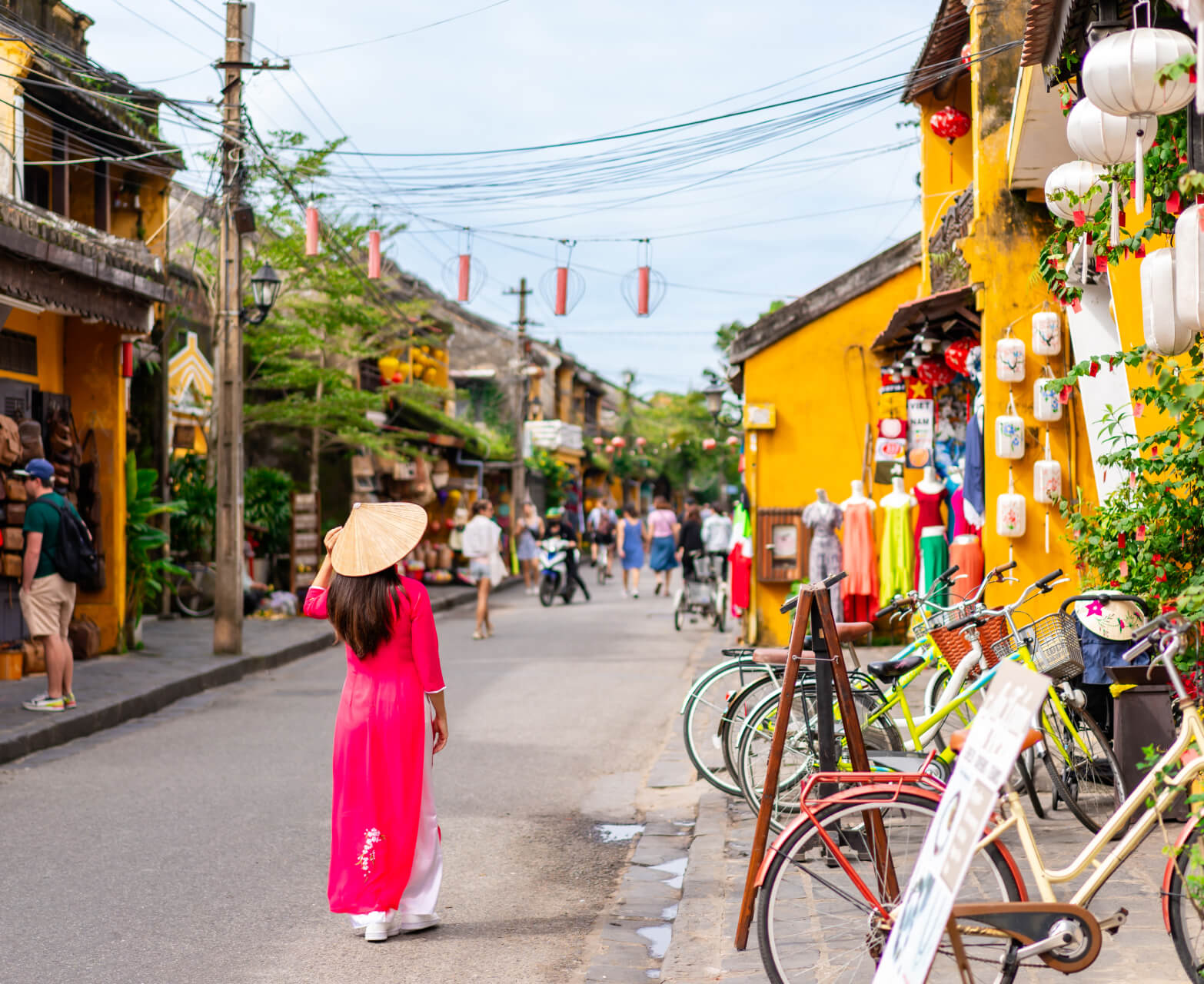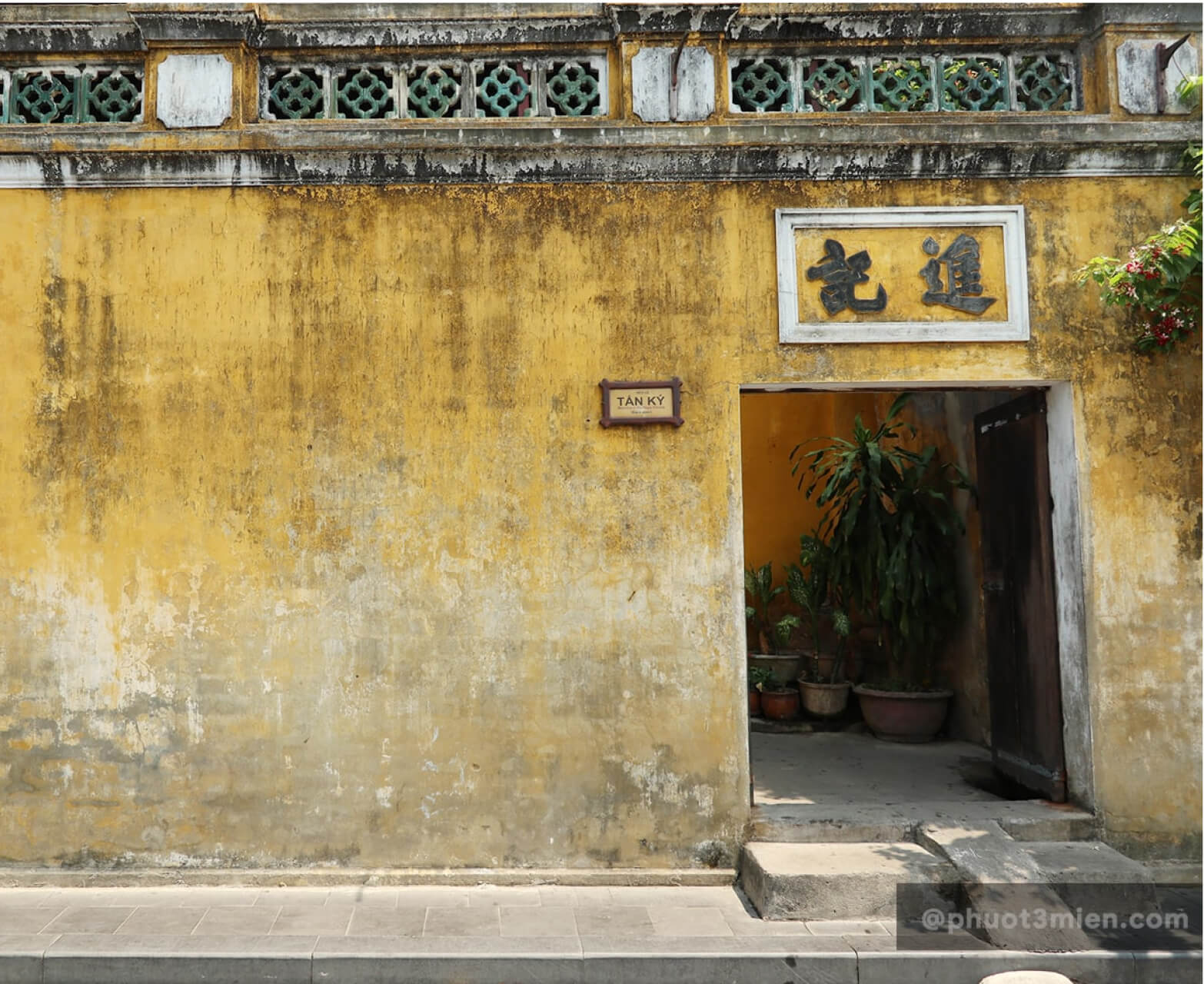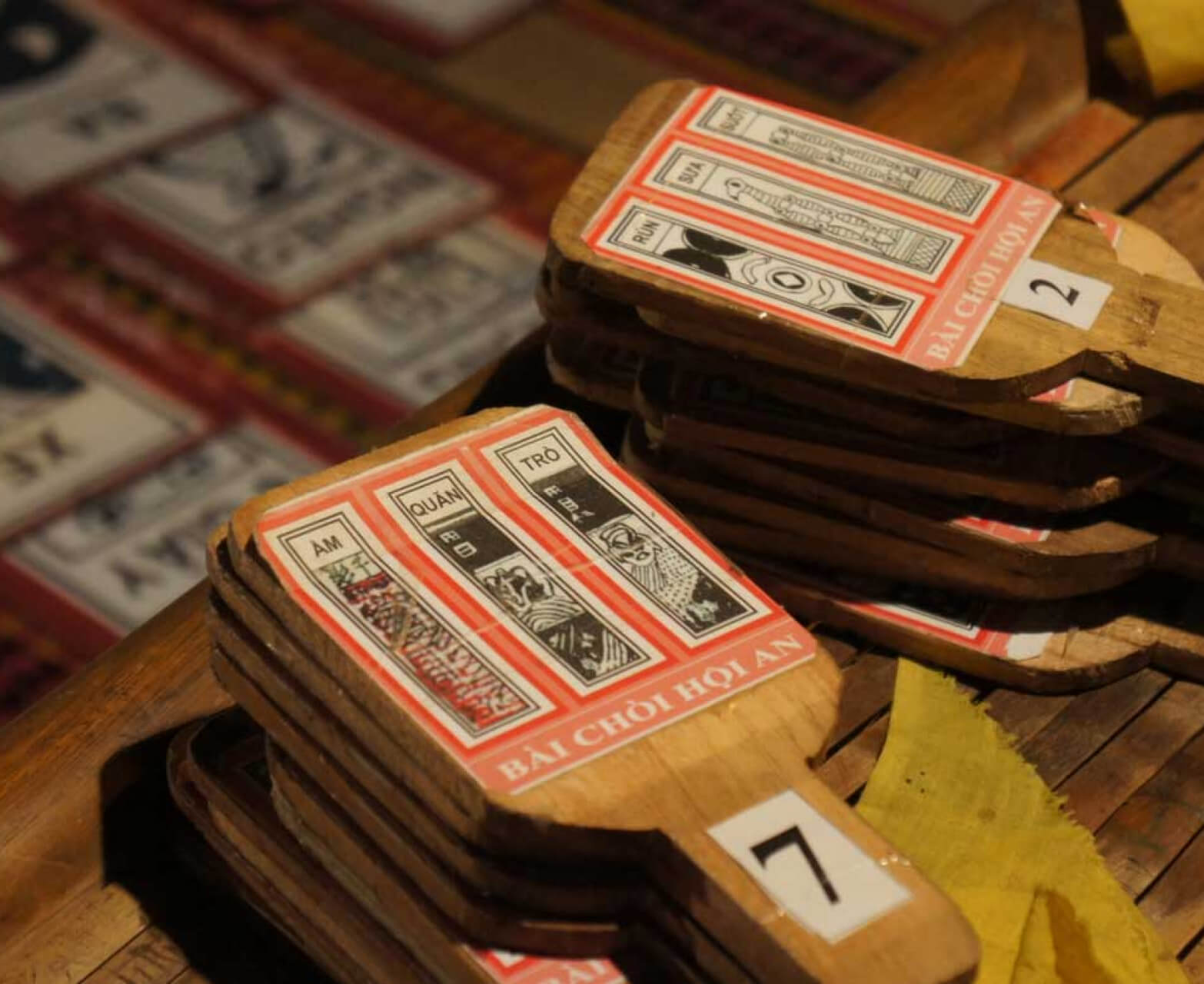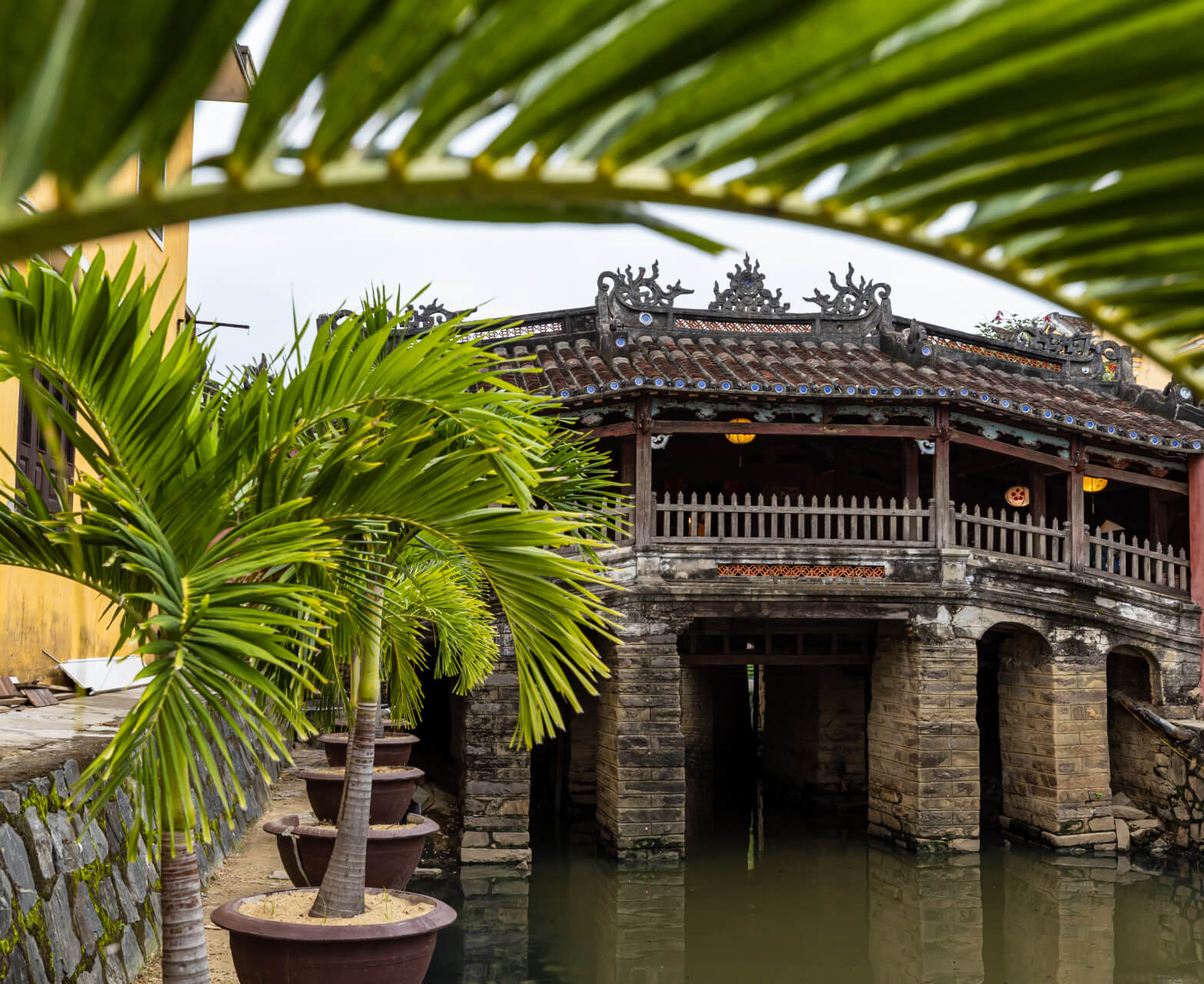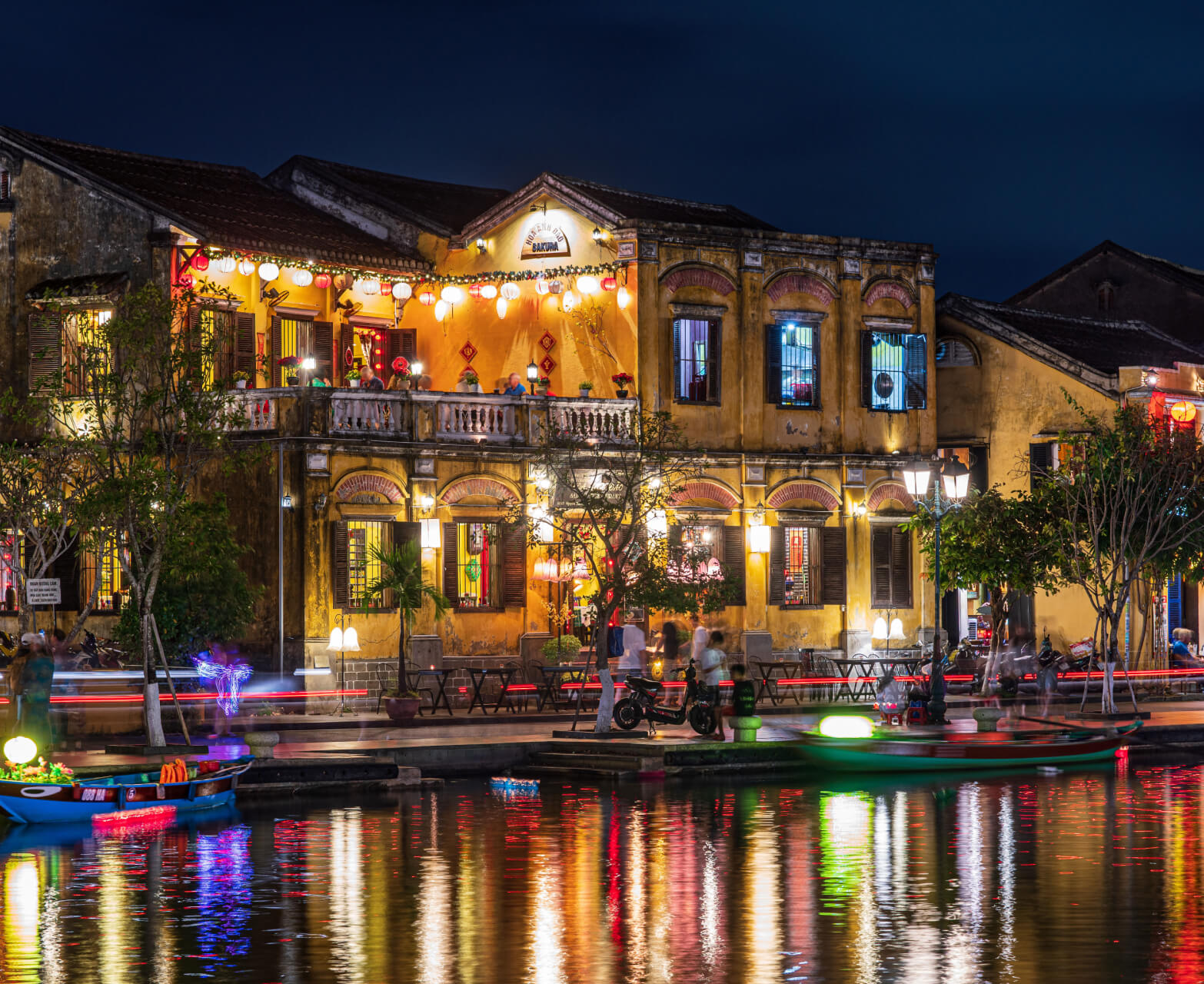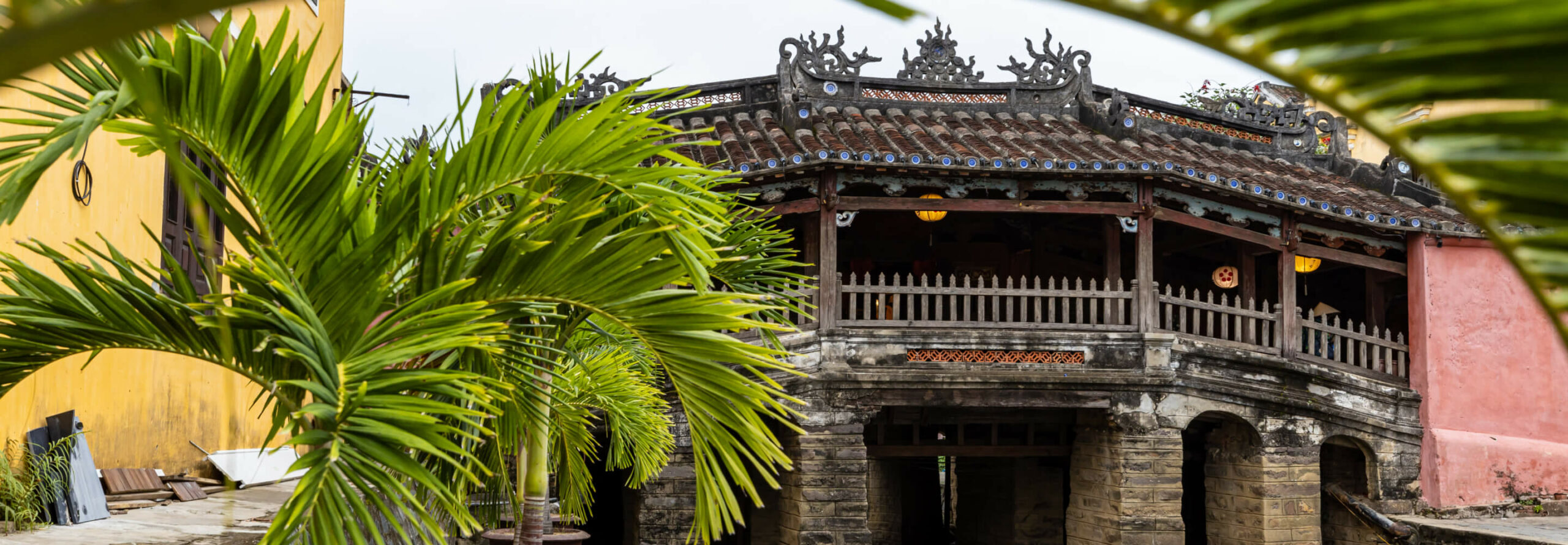
Japanese Covered Bridge – 2 mins
The Covered Bridge is the symbol of Hoi An Ancient Town, also known as the Japanese Covered Bridge because Japanese merchants contributed money to build it around the 17th century. Hoi An’s Japanese Covered Bridge stands out as soon as visitors enter the Old Town with its strange architecture; the roof of the bridge has Yin and Yang tiles covering the wooden bridge, and the mixed construction style of many cultures like Vietnam, Japan, and the West. This place becomes the first and most checked-in place when young people visit Hoi An.

Japanese Covered Bridge in Hoi An Ancient Town has a total length of 18 meters with a lissom roof. The main entrance has a large sign embossed with three Chinese characters, “Lai Vien Kieu.” This bridge crosses a small tributary of the Thu Bon River with a reflective image. The Covered Bridge has a unique design with two parts: a wooden house on the upper part and a bridge at the lower leg with stone pillars.
The Covered Bridge is called a pagoda but does not worship Buddha, but honors the Bac De Tran Vo – a god who protects the homeland, bringing joy and happiness to people on this land. Therefore, locals and tourists visit and explore The Covered Bridge yearly to find serenity and peace in their souls.
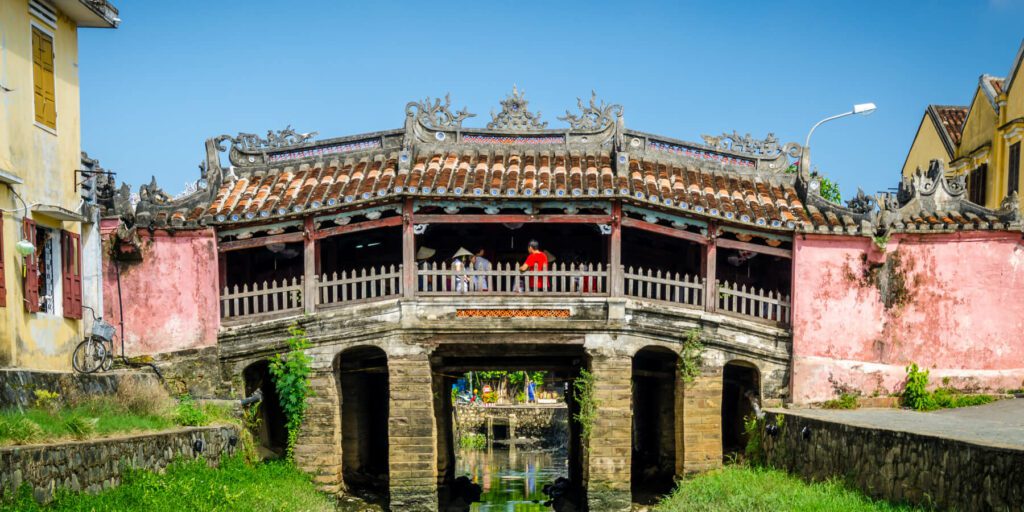
Although it has undergone many restorations, Hoi An Covered Bridge retains its ancient features. For that reason, Hoi An Covered Bridge was recognized as a National Historic-Cultural Relic on February 17, 1990, and became the image printed on Vietnam’s 20,000VND polymer cash. Hoi An Covered Bridge is also associated with the lives of the people here, such as traffic regulations and the convenience of traveling in the old town.
VISITING INFORMATION
Address: North across the canal flowing through the Thu Bon River, bordering Nguyen Thi Minh Khai and Tran Phu Street
Opening hours: 24 hours everyday
Tickets: free







